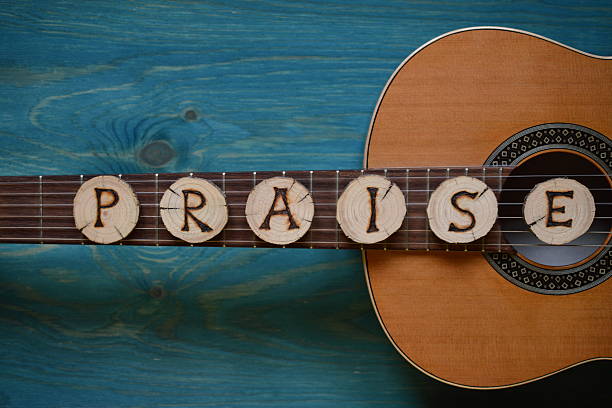
What instruments are used for worship? This is a question that many people ask, and there is no one definitive answer. In general, though, guitar, piano, drums, bass and voice are some of the most common instruments used in worship services. Each of these instruments has its own unique sound and can be used to create a powerful atmosphere during worship. In this blog post, we will take a closer look at each of these instruments and discuss why they are commonly used in worship settings.
The guitar is one of the most popular instruments used in worship today. Guitars can be used to create a wide range of sounds, from soft and mellow melodies to hard-hitting rock riffs. This versatility makes them ideal for creating the perfect atmosphere during worship. Additionally, guitars are relatively easy to learn how to play, which makes them a good choice for those who are new to playing instruments in worship settings.
Pianos are another common instrument used in worship settings. Pianos can be played solo or used as part of a band or orchestra. They provide a warm and inviting that can help create a peaceful atmosphere during worship. Additionally, pianos are versatile, beautiful, and relatively easy to learn how to play. In fact, many people who have never had any formal musical training can still sit down at a piano and play a basic melody. For those who want to worship explore their musical talent, there are worship piano tutorials online that can help them get started. And for those who just enjoy listening to music, pianos can provide a lifetimes worth of enjoyment. Whether you’re a beginner or a seasoned musician, a piano can offer you endless possibilities.
Drums are one of the most popular instruments in the world. They’re also relatively easy to learn how to play, especially if you have access to worship drumming tutorials online. The key to playing drums is to keep a steady beat. Once you have the hang of that, you can start adding in other percussion instruments to create a more complex sound. Drums are a great way to get people moving and groove along with the music. So if you’re looking for an easy instrument to learn, consider picking up some drums!
Basses are another common instrument used in worship settings. Basses provide a deep, rich sound that can help create a sense of power and majesty during worship. Additionally, basses are relatively easy to learn how to play, making them a good choice for those who are new to playing instruments in worship settings.
Voices are perhaps the most important instrument used in worship settings. Worship vocals can be used to create a wide range of sounds, from soft and mellow melodies to hard-hitting rock riffs. This versatility makes them ideal for creating the perfect atmosphere during worship. Additionally, If you’re interested in learning how to use your voice for Christian worship songs, there are plenty of Christian worship song tutorials online that can help you get started. Many of these tutorials feature step-by-step instructions for singing worship songs in a variety of styles, from more traditional hymns to contemporary praise and worship hits. In addition, you’ll find tips and Tricks for improving your vocal technique, making the most of your range, and adding your own personal touch to worship songs. With a little practice, you’ll be leading the congregation in song in no time!
In general, guitar, piano, bass and voice are some of the most common instruments used in worship settings. Each of these instruments has its own unique sound and can be used to create a powerful atmosphere during worship. In this blog post, we have taken a closer look at each of these instruments and discussed why they are commonly used in worship settings. We hope that this information will be helpful to you as you consider what instruments you would like to use in your own worship setting. Thanks for reading!





